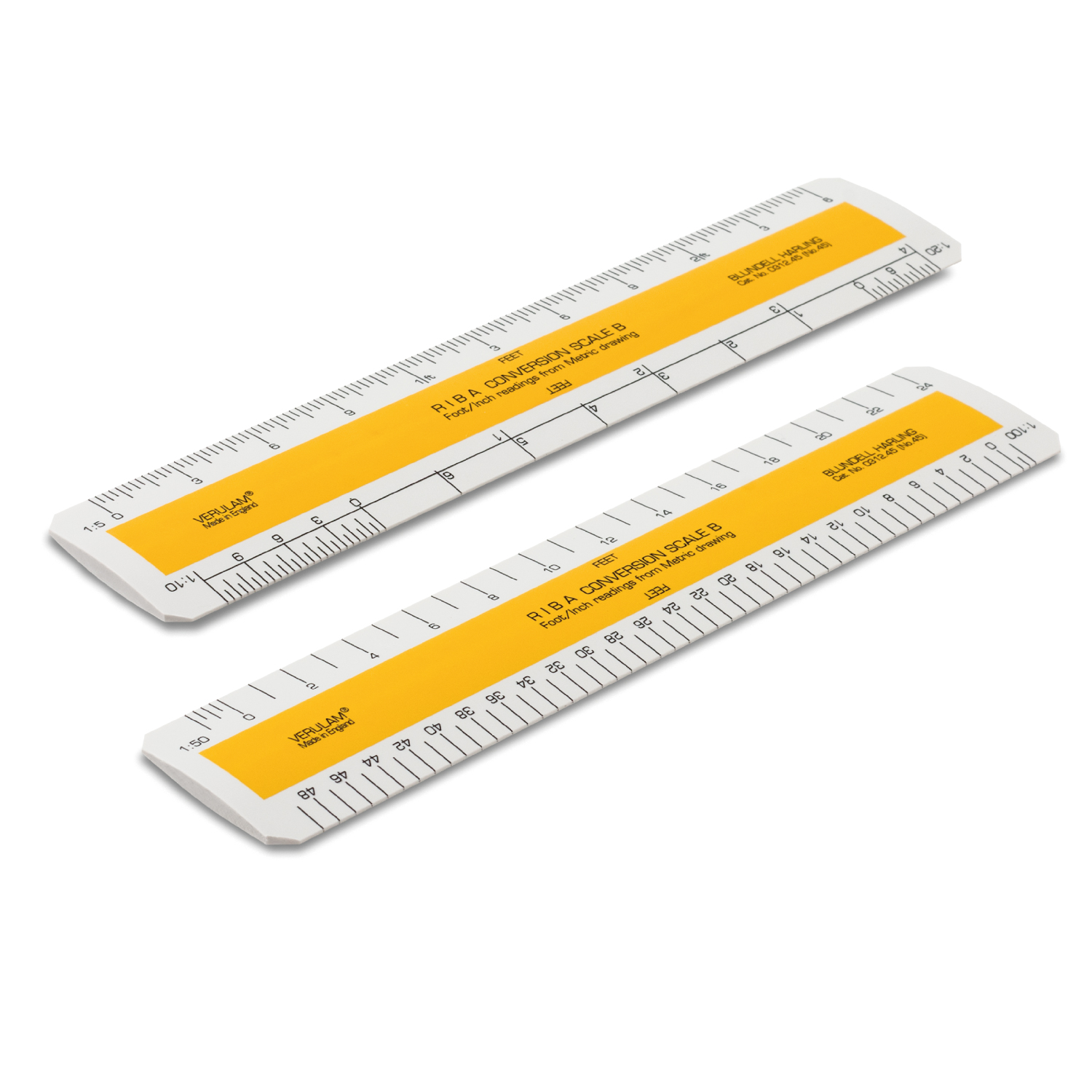

:) I'm sure there are a lot more cool things you can do with a ruler, and I'd love to hear about them! In the meantime, the best way to get good at this is to practice practice practice! After doing this about 20 times, my students can just about do it in their sleep- and their ability to read a ruler shows in their metals projects. Each mark on the ruler that ends up with multiple fractions can be reduced to the top most fraction in the set! Trick 3 Continuing on! You can continue the Cut and Double forever! Each time just split the last section in half and double the denominator of the last fraction. If you were to write ALL of the fractions down every time you did a set, your Inch would look like Picture 3. You must learn to read both from left to right, and right to left. For example, 1/8 on ruler is a scale that converts 1/8 inch on drawing to 1 foot. Once scale of drawing has been determined, select correct scale on the ruler.
How to read a metric scale ruler download#
Get more information on rulers, including different types and uses, or download and print one of our free printable rulers. Architect scales use fractions and have the following dimensional relationships: 3/32 1 foot 1/4 1 foot 3/4 1 foot 3/16 1 foot 3/8 1 foot 1 inch 1 foot 1/8 1 foot 1/2 1 foot 1 inches 1 foot The scale marked 16 is a standard ruler. Must know scale of drawing or item that is being measured. Rulers have measurements in imperial and metric, imperial-only, or metric-only. Notice that in each fraction, the numerator is ONE LESS than the denominator! Trick 2 You can use your completed inch as a calculator for reducing fractions. Several types of rulers include wooden or metal rulers, yardsticks, seamstress tapes, tape measures, carpenters rules, and architects scales.
How to read a metric scale ruler how to#
Learn how to read these rulers correctly to avoid mistakes in measuring and calculating. Look at the last fraction in each set as shown in Picture 2. Metric rulers have marked increments based on the metric system, centered around centimeters and millimeters. If you have an even number as a numerator, it needs to be reduced or you haven't got it in the right spot! 2. For the mathematical unfolding problem, see Carpenter's rule problem. For other uses, see Ruler (disambiguation). What do you notice about ALL of the numerators?! THEY ARE ALL ODD. How to read a scale ruler metric An instrument used to measure distances or to draw straight lines This article is about the measuring device. Do you see any patterns? There are two that stand out that can come in handy to check your work to make sure you drew your inch correctly. You can choose between Imperial and Metric measurements like inches, centimeters, meters, millimeters, and feet and set what distance in real life equals what measurement on the screen. Bob tells about a sneaky trick to make reducing fractions easier when using a typical tape measure or ruler.

Now lets show you a couple of patterns and give you some tips and tricks! Trick 1 Take a minute and look at the fractions. The Set Rulers and Grid dialog lets you set a custom scale for your drawing. Bob and Sparky go over how to read a measuring tape or a ruler using fractions. In scientific and engineering terminology, a device to measure linear distance and create proportional linear measurements is. Like the inches ruler, you’ll see tons of lines on a metric ruler, with some longer and some shorter. You've Drawn your Inch! Here's what your completed Inch should look like- see Pictures 1 and 4. A scale ruler is a tool for measuring lengths and transferring measurements at a fixed ratio of length two common examples are an architect's scale and engineer's scale. Now then, heres what a typical metric ruler looks like: You can tell that this is a metric ruler because it’s divided into 30 equally spaced sections and has 'cm' written on it (ignore the inches below).


 0 kommentar(er)
0 kommentar(er)
